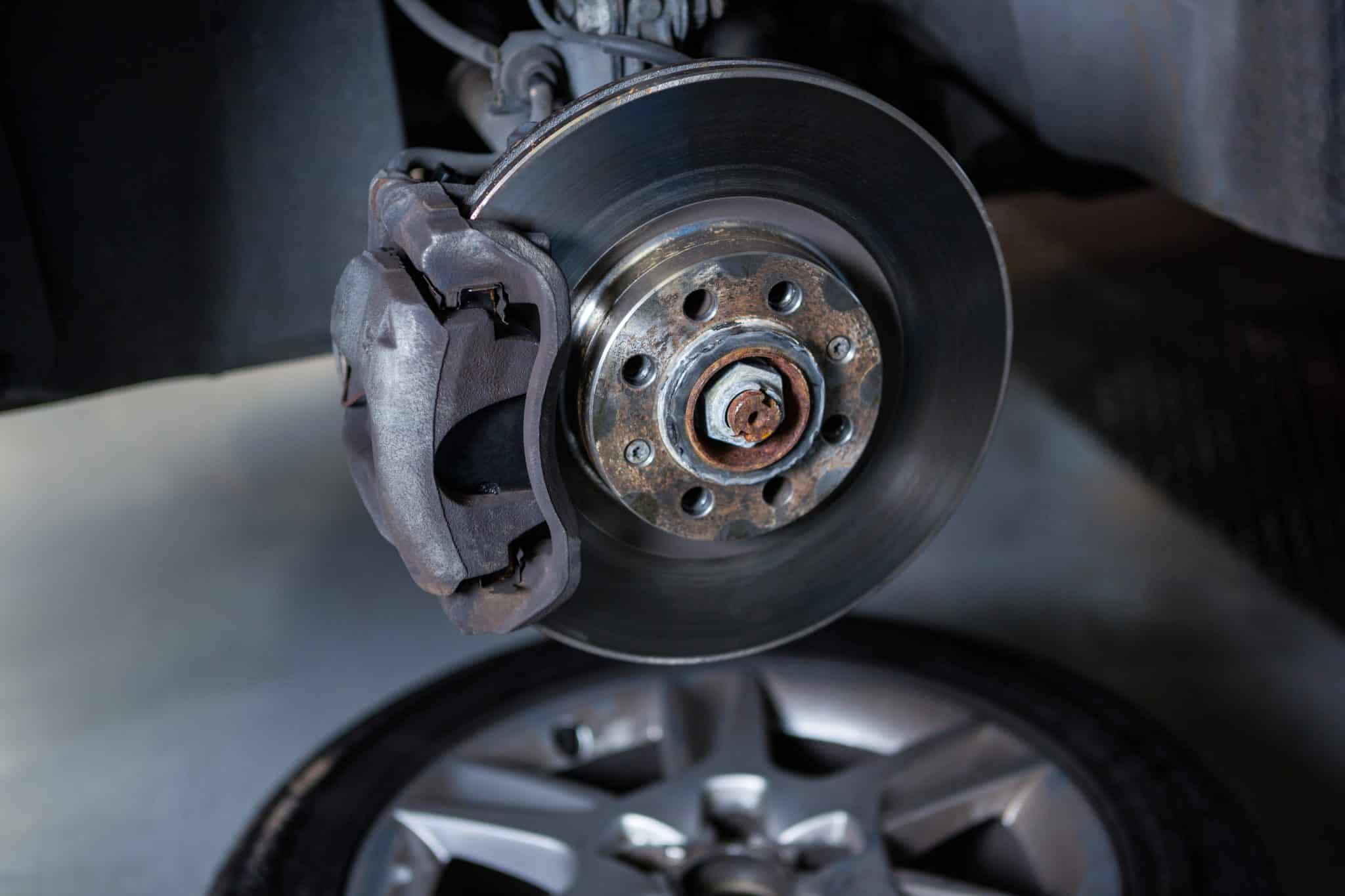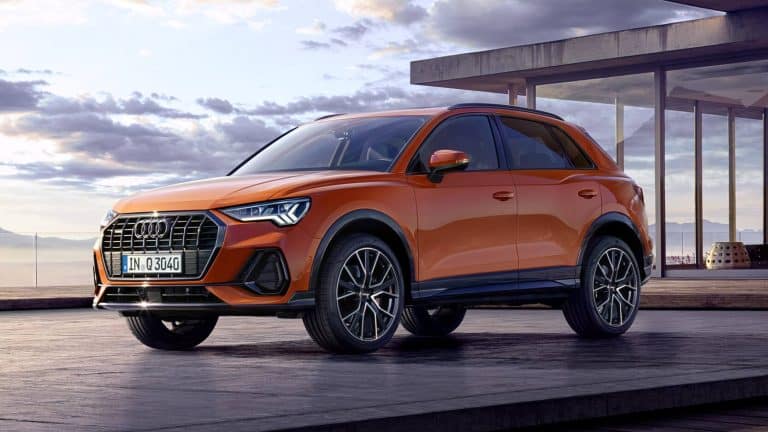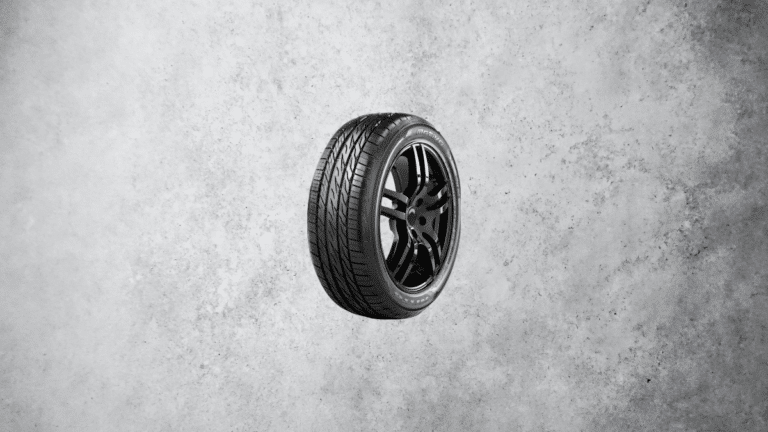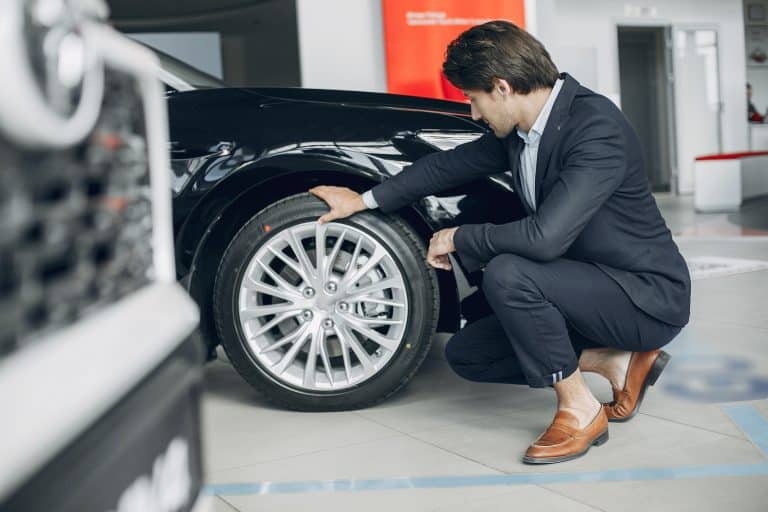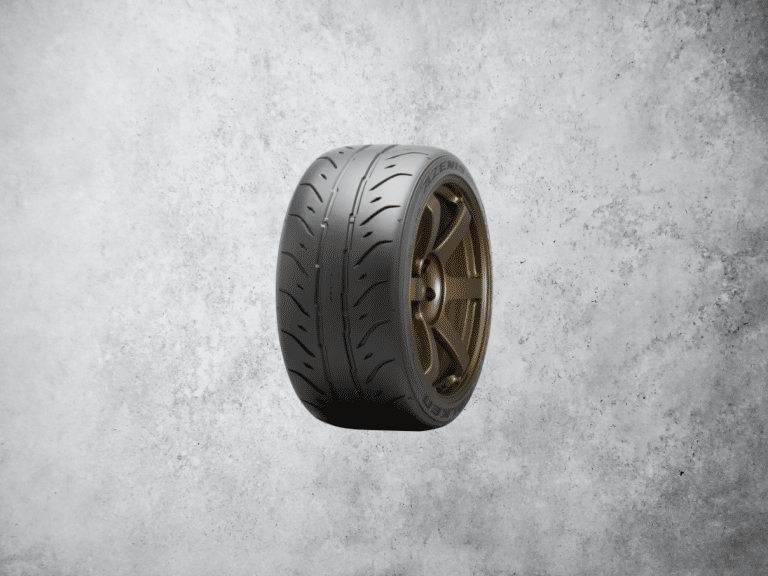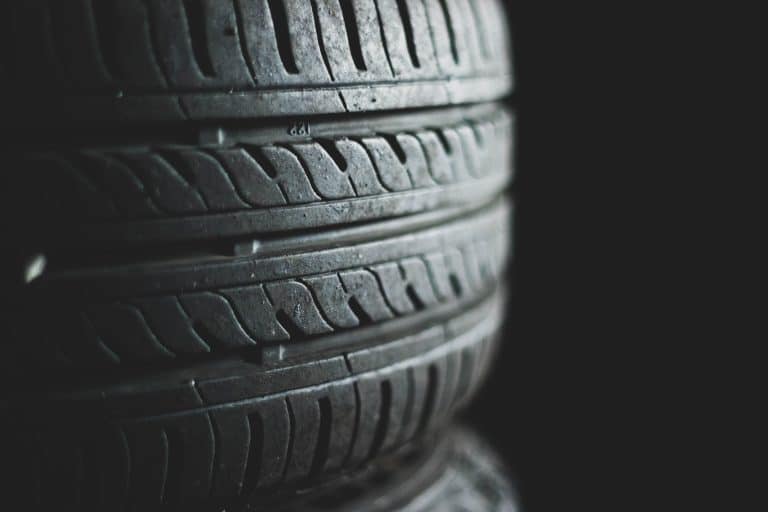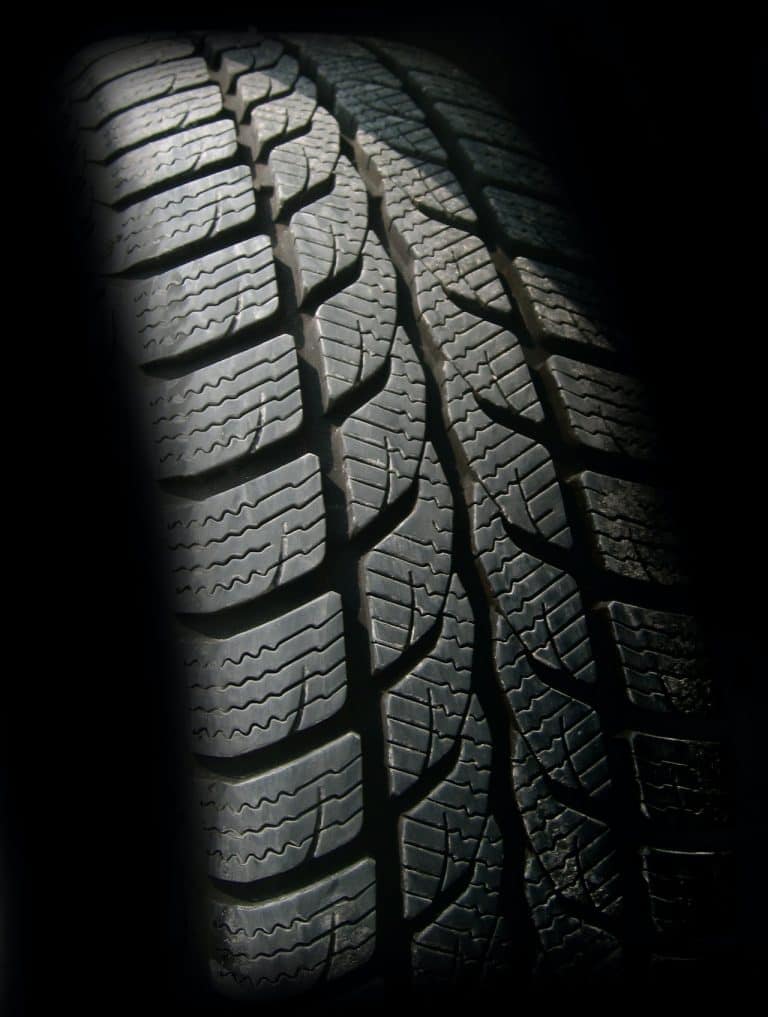Wheel Spacers and Adapters Guide
Car modifications have been around ever since the cars were invented. Making changes to our rides from a visual or functional standpoint is something car enthusiasts love. It allows us to make our car unique, even if we’re talking about something small, like adding a third cup holder.
There are countless types of modifications that you can make, ranging from something small to engine swaps and drivetrain conversions. With that said, some modifications are common mainly because they won’t cost you an arm end a leg, and they’re relatively easy.
If you search for the best mods for a certain model, wheel upgrades will be suggested in most of them. Replacing the stock wheels with the ones you like is a good way to give your car that personal touch you’ve been after. As part of the wheel upgrade, it’s common to see a related modification that I’ll be talking about today.
People often talk about spacers and adapters and their correlation with the wheels. If you’re not sure what they are and what purpose they serve, keep on reading.
What are Wheel Spacers?
Wheel spacers are an aftermarket upgrade you fit to your car to move the wheels further outward. The idea is to mount them on the wheel hub, which creates more space between the hub and the wheel, so it will push the wheel outward.
Depending on the use case scenario, they come in a wide thickness range, usually from 0.2 inches to over 2. Most people wouldn’t go over an inch for street use, meaning the larger ones are reserved for off-road capable vehicles.
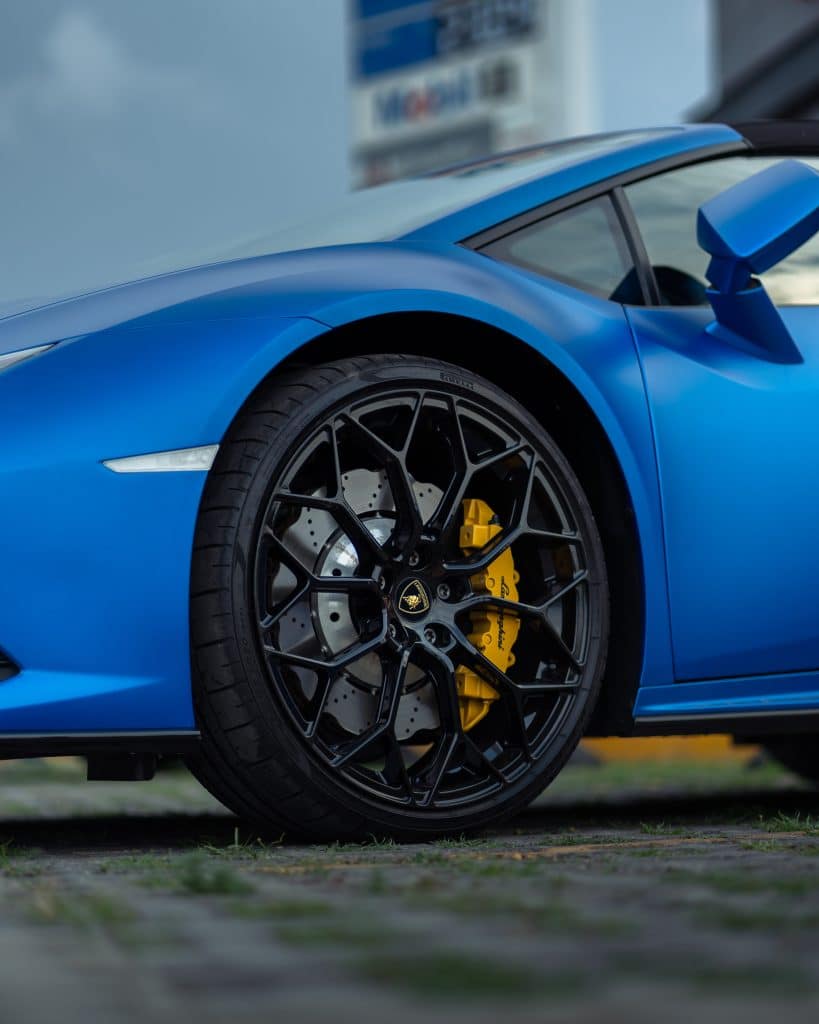
In most cases, people use these for the visual aspect. Most cars have wheels slightly inward from the fenders, which some people don’t like, including me. One option is to get aftermarket wheels with a different offset or install wheel spacers.
Pros and Cons of Wheel Spacers
Like everything in the automotive industry, wheel spacers offer a unique set of advantages and disadvantages, so let’s look at both sides.
Pros of Wheel Spacers
Price
The first thing that most people look at with spacers is the price. If you want to push the wheel out further, going for this option is much cheaper than getting a new set of wheels. A set of spacers can cost around $100, depending on the size and thickness. In comparison, a set of wheels can cost well over $1,000, which is a massive difference.
Improved Looks
One of the many things that bother me with how my car looks is the fact that the wheels aren’t flush with the fenders. It makes the car look like it has smaller wheels than it should. This is by design to allow movement of the wheels without rubbing. Adding spacers will allow me to go for that flush design and give the car a better stance.
Improved Handling
With the visual part aside, let’s look at some performance gains. The most notable is how a car will handle. Widening the track moves the center of gravity a bit lower, allowing you to have higher cornering speeds. As a bonus, you should also notice better straight-line stability.
Bigger Tires
During the development process, the car manufacturer determines your car’s optimal tire and brake size for normal driving conditions. With most cars, it’s a balance between performance and fuel economy. If you want to improve traction while running the economy, bigger tires are the way to go.
The problem with fitting wider tires is that you’ll need to be mindful of the clearances, which is where the spacers come into play. Pushing the wheel outward reduces the chances of the wheels rubbing on the rest of the components. To be fair, going for wider tires usually means that you’ll need wider wheels, at which point you might as well get ones that have more negative offset and be done with it.
Bigger Brakes
Whenever you do some kind of performance modification to your car, it’s recommended to upgrade the brakes. Doing an LS swap on a Miata and sticking with the stock brakes is a good way to meet your maker. During the brake upgrading process, you will most likely go with upgrade calipers, which can be thicker and have a problem with clearances.
Since the brakes are part of the hub, adding the spacers won’t affect their position but will move the wheel outward. As a result, any potential fitment problems will be resolved.
Easy Installation
One of the biggest advantages of spacers is that they are very easy to install. You can purchase them and install them in your driveway. All you need is a jack and a key for the wheel bolts. It’s the same process as removing a tire when you have a flat but with one extra step of installing the spacer.
Cons of Wheel Spacers
Increased Steering Effort
This is a problem you’ll mostly notice on older cars that don’t have power steering. By moving the wheels outward, you’re changing the default scrub radius of the car. As a result, maneuvering at lower speeds can take a bit more effort, so you’ll have to live with that. If you have power steering, the difference won’t be as pronounced, but you may notice it.
Ride Quality Takes a Hit
The second thing you’ll notice with wheels pacers is the ride quality. When installing them, you’re messing with the entire geometry of the car, meaning that it won’t ride the same. The difference between the stock and upgraded setup will depend on the spacers’ size. Naturally, the bigger they are, the worse the difference will be.
Accelerated Wear on the Suspension Components
Some people will handle the ride quality and accept that, but there is a much bigger problem with spacers. From the factory, manufacturers set up the based on how they want to ride, which means that the components deal with the anticipated forces. The problem with spacers is that once you fit them, everything changes.
In some ways, they act as leverage, something you’d use when a bolt is stuck. When you fit spacers, the suspension components take a hit, and the wear will be accelerated. Similar to before, the size of the spacers will determine at which pace the components will wear. The result of this is that you’ll need to replace the consumables sooner than predicted.
What are Wheel Adapters?
In many ways, the wheel adapters are similar to the spacers. They enable you to move the wheels outward and give you that flush look, but they have another purpose. With a set of adapters, you can also use other bolt patterns that aren’t standard with your car.
For example, my IS250 has a wheel bolt pattern of 5×114.3. Let’s say I found a lovely set of wheels, but they have the 5×100 pattern. This is where the adapters come into play. I can purchase a set of 5×114.3 to 5×100 adapters and use the wheels I want.
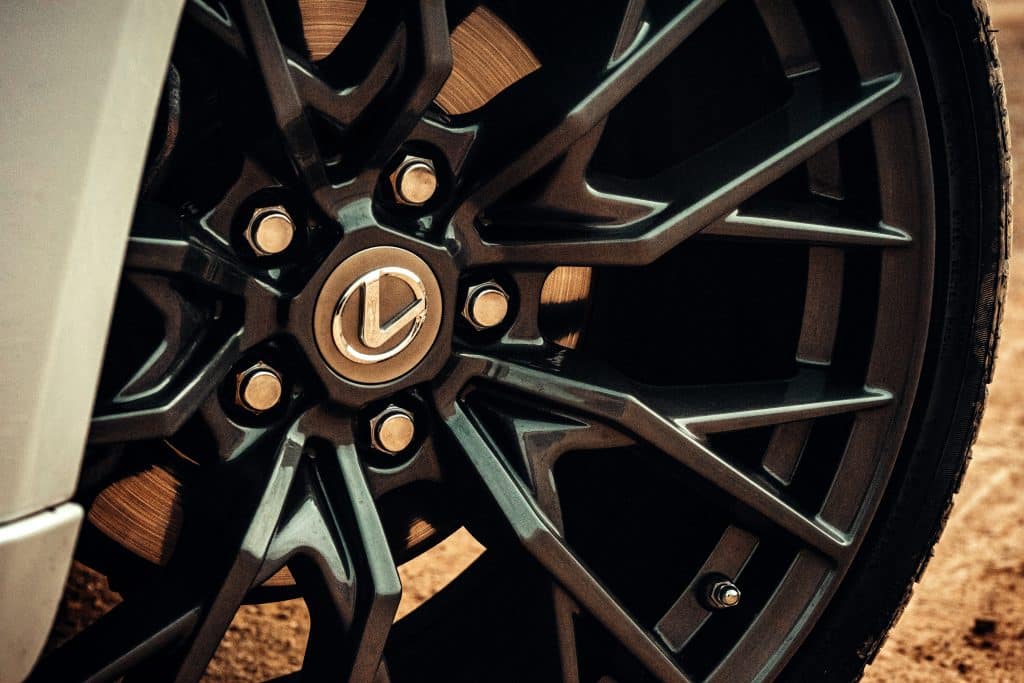
They come in multiple shapes and sizes, meaning you can convert any bolt pattern. As a bonus, you can get them with multiple thicknesses, so you won’t have to worry about mounting adapters and spacers. In some extreme cases, you may need to go with this option, but I doubt many people will want to do that.
This option is much more affordable than modifying the hub to go with these wheels. The best part is that I’m flexible, meaning that if I want to go back to stock, all I need to do I remove the adapters.
Pros and Cons of Wheel Adapters
To avoid repeating myself, I’ll just say that the list of pros and cons of the adapters is similar to the spacers. With that said, there is one more advantage, which is the ability to fit any wheels with any bolt pattern. The alternative to this is to replace the hub assembly, which is an expensive project.
Are Wheel Spacers and Adapters Safe?
The most important thing about spacers and adapters is ensuring you get them from a reputable manufacturer. There are plenty of low-budget options out there, but you won’t know what material is used or some details about the manufacturing process. Sure, they are cheaper, but without any certificates, you’re risking a lot.
Even though this may seem like a piece of aluminum, it’s a much more complicated process. Keep in mind that they hold the wheel to the hub. Therefore, don’t try to save $20-30 and get a set from a reputable brand.
The second important thing is how you mount them. Like mounting wheels, the spacers or adapters must be mounted and tightened correctly. A loose bolt will cause vibrations or, worse, damage to the hub or wheel. If you’re unsure about the process, take them to your local tire shop and have them mounted by a professional.
Conclusion
Wheels and adapters aren’t something new. They’ve been around for decades, which should give you an idea of how well-accepted they are as a modification. Regardless if you’re going for the looks or performance, these two are a good way to achieve that without spending a lot of money.
Like everything we talk about here, there is a balance. Spacers and adapters offer plenty of advantages, but there are some disadvantages as well. This is why it’s essential to look at them from both sides and decide if you’re willing to live with some drawbacks and enjoy the advantages.
